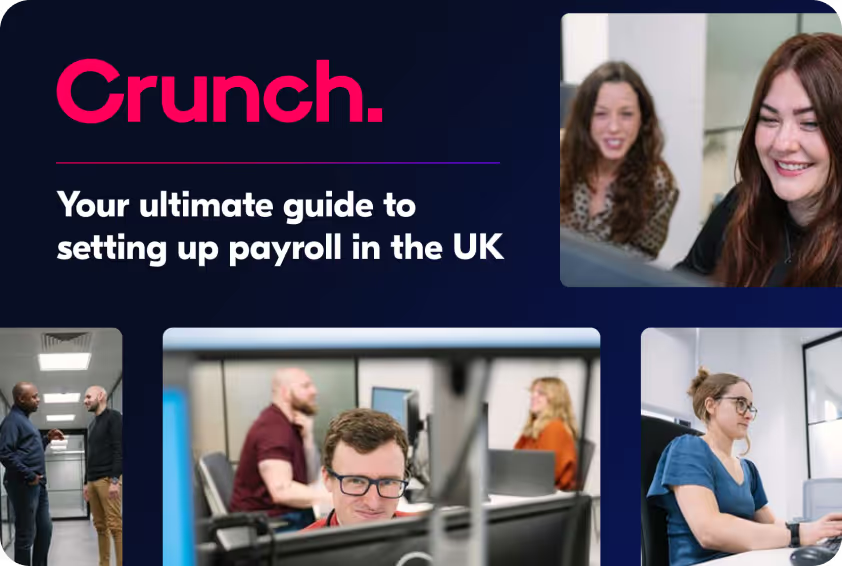There may come a time when you decide to close down your business, even if you’re still solvent. Perhaps your company has fulfilled its purpose, you’re moving on to pastures new, or you’re simply getting ready to retire.
Whatever the case, you’ll naturally want to extract every penny you can from your company through salary and dividends, but hold your horses! There might be a more tax efficient option, and it’s called a Members’ Voluntary Liquidation – or an MVL for short.
In an MVL, a business owner or shareholder appoints a liquidator to shut down their solvent company. The liquidator ensures there are no outstanding payments or liabilities before closing the business and releasing all remaining assets to the company’s shareholders.
First things first – are you sure?
You’ll probably know when the time’s right to shut down your business, but there are other options available to you if you’re looking to take a break rather than simply shutting up shop.
If you’re looking to leave the limited company life behind and return to being a sole trader, or if you want to make your company dormant for a little while, we’ve got all the information you need in our article “How can I close my limited company? – your options”.
If you’re sure this is the end for your business, then let’s get back to MVLs.
Advantages and disadvantages of a Members’ Voluntary Liquidation
The main advantage of liquidating your company through a Members’ Voluntary Liquidation is the ability to extract all of the assets from the company subject to Capital Gains Tax, rather than Income Tax. This could mean more money in your pocket.
However, the cost of closing via an MVL is expensive and starts at around £2450 + VAT, which normally only makes it a viable option if you have more than £35,000 in retained profits.
Tax implications of MVL
- Distributions from the company to shareholders are taxed as Capital Gains. This is good news because there’s an additional allowance called the ‘annual exemption’ where any Capital Gain up to this point is taxed at 0%
- Capital Gains above the “annual exemption” are normally taxed at a lower rate compared with income tax, with the lowest rate set at 14%. This is available if you qualify for Entrepreneurs Relief, or you’re a basic rate taxpayer. This can be a massive saving compared to current income tax rates on dividends.
Anti Avoidance rules
Not everyone will be entitled to have the assets from the liquidated company taxed as Capital Gains, as the government introduced legislation in April 2016 targeting shareholders of “Close Companies”. If you receive a distribution from a company that closed via an MVL, you’ll need to be aware of the Targeted Anti Avoidance Rule (TAAR), otherwise, all distributions will be taxed as dividends.
The TAAR is designed to prevent individuals setting up a new business immediately after liquidating a company. A distribution to an individual will be subject to Income Tax where all of the following conditions are met:
Condition A: Immediately before the winding up, the individual had at least a 5% interest in the company.
Condition B: The company was a Close Company at the date of winding up or at any time within the previous two years.
Condition C: At any time within two years after the date of the distribution:
- The individual carries on a trade or activity which is the same as or similar to that carried on by the company or a 51% subsidiary of the company
- The individual is a partner in a partnership which carries on such a trade or activity
- The shareholders with more than a 5% interest carry on such a trade or activity or are connected with a company that carries on such a trade or activity
- The individual is involved with the carrying on of such a trade or activity by a person connected with the individual.
Condition D: It’s reasonable to assume, having regard to all the circumstances, that the main purpose or one of the main purposes of the winding up is the avoidance or reduction of a charge to Income Tax.
Steps involved in an MVL
First of all, you need to complete your company's final set of accounts (known as its ‘closing’ accounts). The liquidator can’t proceed with closing the company until this is done. Once this is done you’ll need to:
- Appoint a liquidator to deal with the liquidation after the closing accounts have been filed with HMRC and Companies House. This will include paying off all liabilities of the company. The remaining funds will be distributed to shareholders of the company
- You’ll need to complete a Self Assessment for the tax year in which you liquidate your company.
Who shall I appoint as a liquidator?
We’ve got a great recommended partner for you - Contractor MVLs. They offer the high quality of service you’d expect from our Crunch partners and, if you’re a Crunch client, we’ll waive our usual accounts closing fee of £300+VAT if you use them. It’s the liquidator’s responsibility to distribute the funds among your company's shareholders.
See how we can help you with our MVL service
The best way to see how we can help is by reviewing our Members' Voluntary Liquidation page. It's full of helpful information.


.svg)

.svg)



.webp)







.avif)
.avif)





